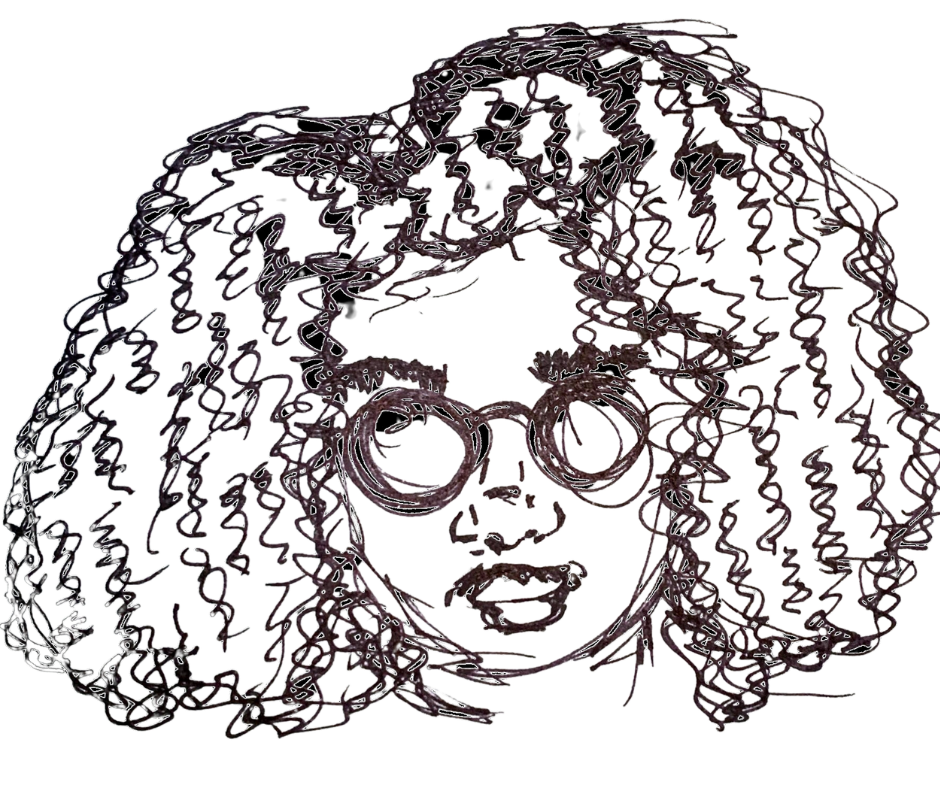
MS Applied Social Research
& Digital Sociology from
CUNY Hunter College
During my time at Hunter, my coursework has given me an avenue to explore all of my research interests in more depth, as well aas document the world we live in more intention and a critical lens.
Below, I have shared examples of my coursework that demonstrate my mastery over each program learning objective.
All images are clickable
coursework
critical thinking & making connections
contextualize the social and political context of how data is generated and why this matters for research, organizing, and social change
qualitative data collection
develop a viable research question
conduct literature reviews
create interview guides
facilitate focus groups, conduct interviews, and develop codebooks
expand the options below to read the abstracts of these projects
-
I developed this proposal as a final project for my elective course Culture & Cognition.
I am interested in exploring the social phenomena of fatphobia and its effect on perception of self, and social classification of individuals and groups with fat bodies. There is growing academic and popular culture conversations about the linkages between fatphobia and anti-Blackness. I believe studying these topics through a lens of culture and cognition will reveal how individuals are internalizing popular discourse. Further, I believe that the racial origins of the medical institution will be evident within fatphobic discourse and present in language and experiences individuals use to perceive and articulate their feelings about their bodies.
-
As part of my work for my Qualitative Research Methods course, I designed four brief pilot with four tailored research questions under the umbrella question: Do murals inside/outside abortion clinics aid in destigmatizing abortion?
data analysis
analyzing qualitative data through thematic analysis and coding
interpret results and root their importance in existing research
tools: dedoose, atlas.ti, heymarvin, RStudio, STATA, spreadsheets
disseminating research findings & report writing
write clearly and analytically for research reports
generate appropriate data visualizations
tools: canva, microsoft word & powerpoint, google docs & slides
-
This paper explores how LGBTQ elders of color discuss their family relationships, both biological and chosen, in relationship to their activism. Queer and transgender elders were interviewed as part of a national research project. Through analysis of a subset of 12 of these interviews, I found that queer elders had in-depth knowledge of their current families through personal contact, had in/formal adoptions, and received tools from their family through racial identification that they later applied to queer activism. This necessary research demonstrates a clear connection between the fields of family studies and civil rights, while leaning on quare and symbolic interactionist perspectives to reach inclusive and conscious conclusions.
-
Since 2017, the National Endowment for the Arts and Education Commission of the United States have collaborated to generate more research that draws connections between arts education and students’ well-being in life, school, workforce. Additionally, they have developed resources for researchers to take advantage of data analysis methods to measure the impact of arts education. With the creation of the Arts Education Data Toolkit, there is the admonition to utilize more quantitative data to convince policymakers and funders to support arts education. In an effort to respond to this call for more rigorous data analysis to deepen our understanding of art’s education impact, I study the relationship between arts education and student success through analysis of the publicly available dataset, High School Longitudinal Survey 2009-2013 (HSLS:09). With this dataset, I responded to the question: how does participation in fine arts outside of school and number of credits earned in arts education courses impact overall GPA for high school students?
-
I performed a pilot exploratory analysis on the Youth Risky Behavior Surveillance System (YRBSS) implemented through the Center for Disease Control. In respect to this dataset, I was interested in gathering an understanding of if there is statistical significance along the lines of race and gender, for youth that have tried marijuana before age 11 for middle school students. These findings will help investigate if children are using marijuana, while research can help us understand what they are coping from. Student marijuana use will also generate data to help answer the question: is marijuana as accessible to children as adults claim? The ages that children begin using marijuana and shifting their perception of use is instrumental to the development of evidence-based behavioral interventions for middle school students. This will influence if program strategies and activities can be delivered to all middle schoolers together, or if there should be specific, culturally sensitive, tailored intervention for middle school students to prevent substance use.
project management & program evaluation
develop an evaluation study
produce a step-by-step research or evaluation work plan that is feasible given time and resource constraints, using the GANTT chart or similar planning method
tools: asana, microsoft excel, google calendar





